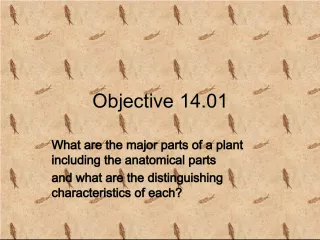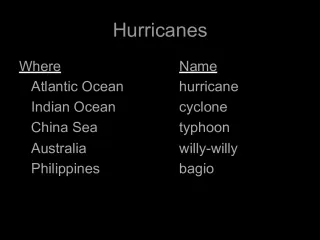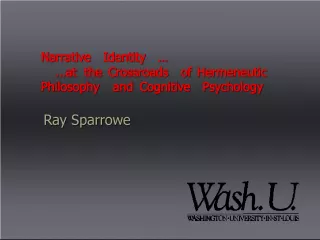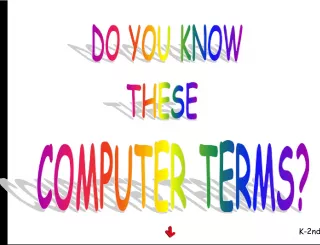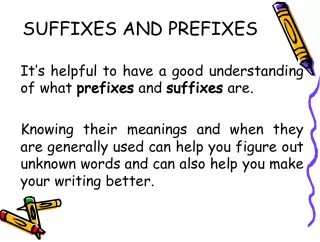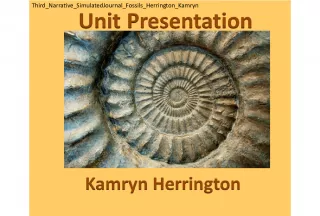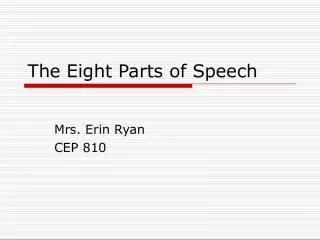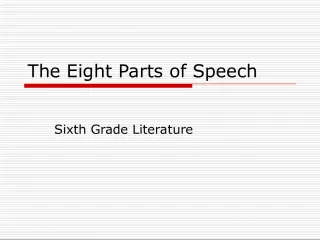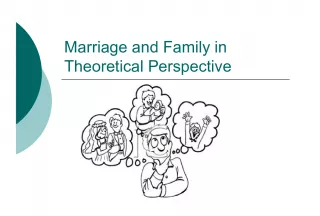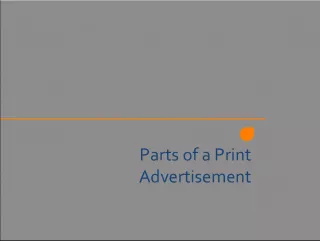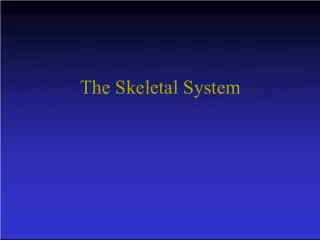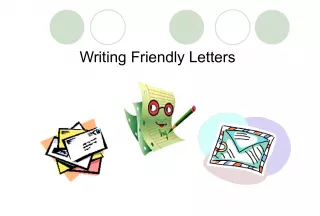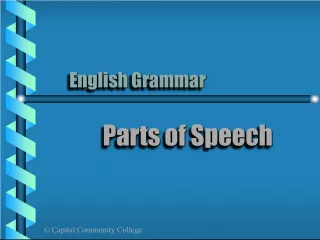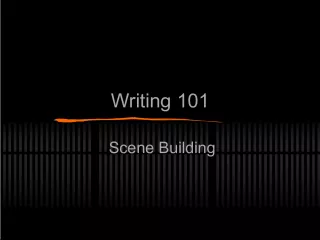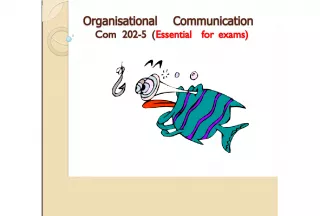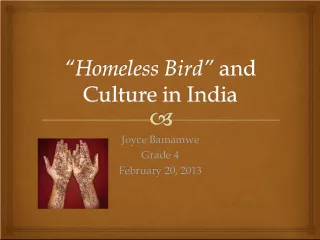The Essential Parts of a Narrative


Narratives, also known as stories, are a fundamental way of storytelling that have been used for centuries to convey ideas, emotions, and experiences. The Three Little Pigs is a classic example of
- Uploaded on | 1 Views
-
 esperanza
esperanza
About The Essential Parts of a Narrative
PowerPoint presentation about 'The Essential Parts of a Narrative'. This presentation describes the topic on Narratives, also known as stories, are a fundamental way of storytelling that have been used for centuries to convey ideas, emotions, and experiences. The Three Little Pigs is a classic example of. The key topics included in this slideshow are . Download this presentation absolutely free.
Presentation Transcript
Slide1The Essential Parts of aNarrative
Slide2Narratives are also known asstories. “ T h e T h r e e L i t t l e P i g s ” i s a n e x a m p l e o f a n a r r a t i v e .
Slide3Essential Parts of a NarrativeNarrative Character Setting Plot
Slide4Character: A character can be a person, animal, or imaginary creature There are usually 1 or 2 main characters in a narrative There can be many secondary characters in a narrative
Slide5Characterization: the technique an author uses to present and develop a character Indirect Characterization The reader draws conclusions based on words and actions of all characters Example: “She grabbed me by the hair and yanked me from the chair. She punched me in the side of the head and threw me to the floor.” (page 45) Direct Characterization The author makes straight forward comments describing the characters Example: “Oh Martha’s wonderful. She would even hum to you.” (page 207)
Slide6Antagonist The central character in a literary work Example: Jennings is the protagonist in They Cage the Animals at Night . The character or force that opposes the protagonist in a work of literature Example: The “system” is the antagonist in They Cage the Animals at Night . Protagonist
Slide7Setting: Setting refers to where the story takes place. The time (ex. future, past, present) The place (ex. outer space, Jones Beach, Julie’s house
Slide8Plot: the series of related events in a literary work; often follows a pattern The plot must: have a beginning, middle, and end tell events in a logical order Contain EXPOSITION , RISING ACTION , a PROBLEM or CONFLICT , a CLIMAX , FALLING ACTION , and a RESOLUTION
Slide9Plot Diagram: BEGINNING MIDDLE END Exposition Rising Action Conflict Climax Falling Action Resolution
Slide10Definitions:EXPOSITION : A fancy word for the beginning of the story. This is where the characters and setting are introduced. RISING ACTION : In this part of the story the conflict(s) occur, tension builds, and the story moves toward the climax. CONFLICT : The problem or struggle between opposing forces. There can be many conflicts leading up to the climax CLIMAX : The pivotal moment in a story when the protagonist is faced with a choice which will effect the outcome of the story. FALLING ACTION : The events that happen after the climax which usually wrap up the action and lead to the resolution. RESOLUTION : The conclusion of the story in which we see the outcome of the main conflict.
Slide11Congratulations!You have successfully completed your introduction to the essential elements of a narrative.
